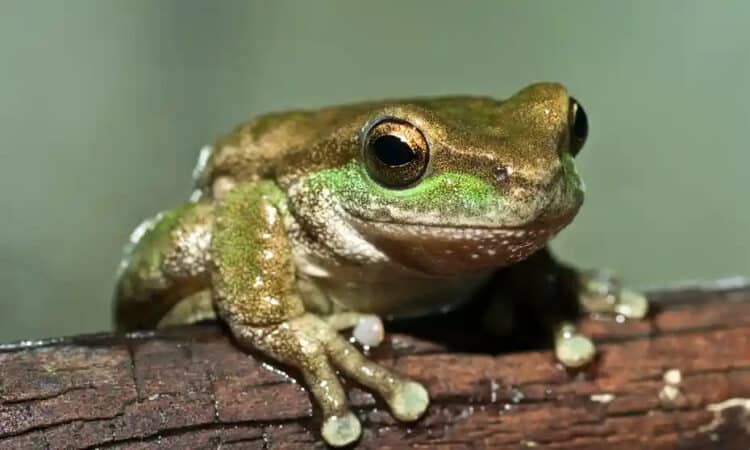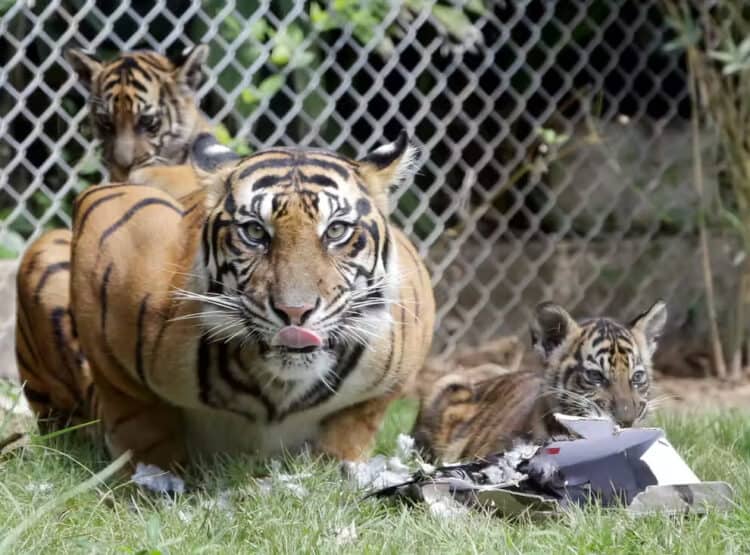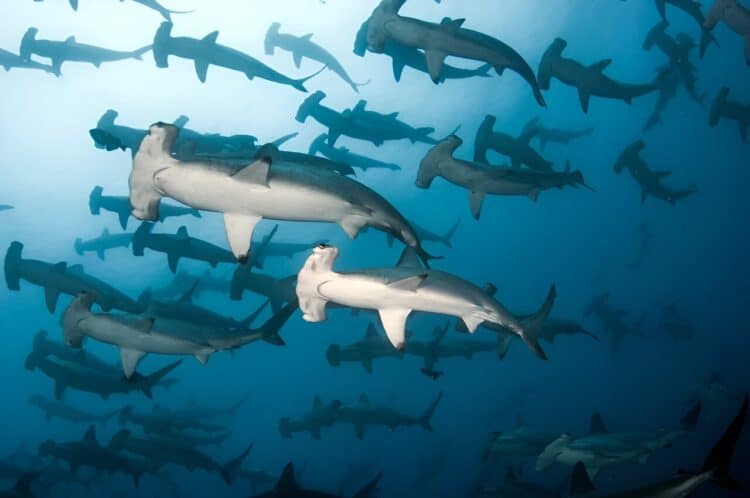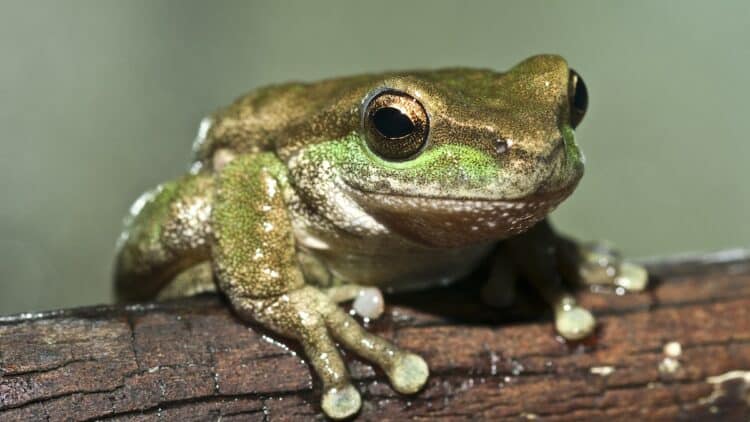The story of the Jamaican iguana (Cyclura collie) is one of adversity and resurgence. Once believed extinct, the species has made a remarkable comeback over the last two decades. However, according to concerned scientists, a new plan to build a massive port in the iguana’s habitat could push the species back to the edge of extinction.
At the beginning of the twentieth century, the Jamaican iguana was thought to survive only on the Goat Islands off the Saint Catherine Coast within Jamaica’s Portland Bight Protected Area. The islands were home to the iguana until the 1940s, when the population was believed to have become extinct.
However, the species was rediscovered three decades later by a hunter’s dog in the dry tropical forest of the Hellshire Hills, also located in the Portland Bight Protected Area.
After its rediscovery, Jamaican and international scientists from The San Diego Zoo Institute of Conservation Research and the Hope Zoo of Kingston, Jamaica drew up a rehabilitation plan, known as the Jamaica Iguana Recovery Plan.
A central focus of the recovery effort involved removing hatchlings from nests, rearing them in captivity, and then repatriating the adults to the Hellshire Hills. As a result, the number of females laying eggs at monitored nesting areas increased six-fold from eight in 1991 to 50 in 2013.
Since 1996, the Hope Zoo has released 155 iguanas on Goat Island and the Hellshire Hills. By most conservation and rehabilitation standards, the Jamaican Iguana Recovery Plan has been exemplary. Yet, as the species begins to show signs of ecological resurgence, a new plan to build a port in its ecosystem has put it in danger once again.

“From what we do know, it was planned so as to accommodate the new, large container ships, and was to be much larger than the area of the combined Goat Islands,” said Byron Wilson, a conservation ecologist from the University of the West Indies at Mona, Jamaica. “Hence, the scale of the development would appear to be so great that it would turn the surrounding area into another Kingston Harbour, at the very least.”
Kingston harbor is the seventh largest natural port in the world, and Jamaica’s premier port. The harbor has continually struggled with waste and pollution problems, and environmentalists are concerned that a second port would only worsen the issue.
Much of the remaining coastal habitats on Hellshire is up for auction, including Manatee Bay, which is the coastal strip bordering the iguana forest. “If this area were to be included in the overall development plans, it would almost certainly lead to the extinction of the iguana in its remaining Hellshire refuge,” Wilson told mongabay.com.

The genus Cyclura, to which the Jamaican iguana belongs, is spatially limited to these specific islands. Because of its extremely small range in a single location where there is a continuing decline in habitat, the Jamaican iguana is listed as Critically Endangered.
“Unfortunately, it is very difficult to be optimistic,” said Wilson. “The government is in a financial mess, and didn’t do much for the environment even during happier days. Now it seems that even protected areas are being viewed as saleable assets — for example, the Goat Islands.”
According to the Jamaica Observer, the Hellshire Hills —one of the last intact dry forest habitats in the world — is already under threat because of charcoal burning. As Wilson reported in a 2012 report to the IUCN, “We are fighting a tough battle here in Jamaica, but one we do not intend to lose.”
Wilson, who also heads the Jamaican Iguana Recovery Group is co-hosting an annual working meeting in Kingston, Jamaica on November 11-16, 2013 to discuss the environmental impacts of port development.
Wilson says that “readers can lobby the government of Jamaica to make good on the environmental conventions they have signed, and make good on their declarations of protected areas.”
This article was written by Adam Andrus for Mongabay.com. Lead Image: A San Salvador rock iguana. Reptiles for the pet trade are among the most popular trafficked wildlife. Photo by James St. John licensed under the Creative Commons Attribution 2.0 Generic license.







Leave a Reply